Home>Garden Essentials>Garden Plants>How To Grow Lemon Thyme
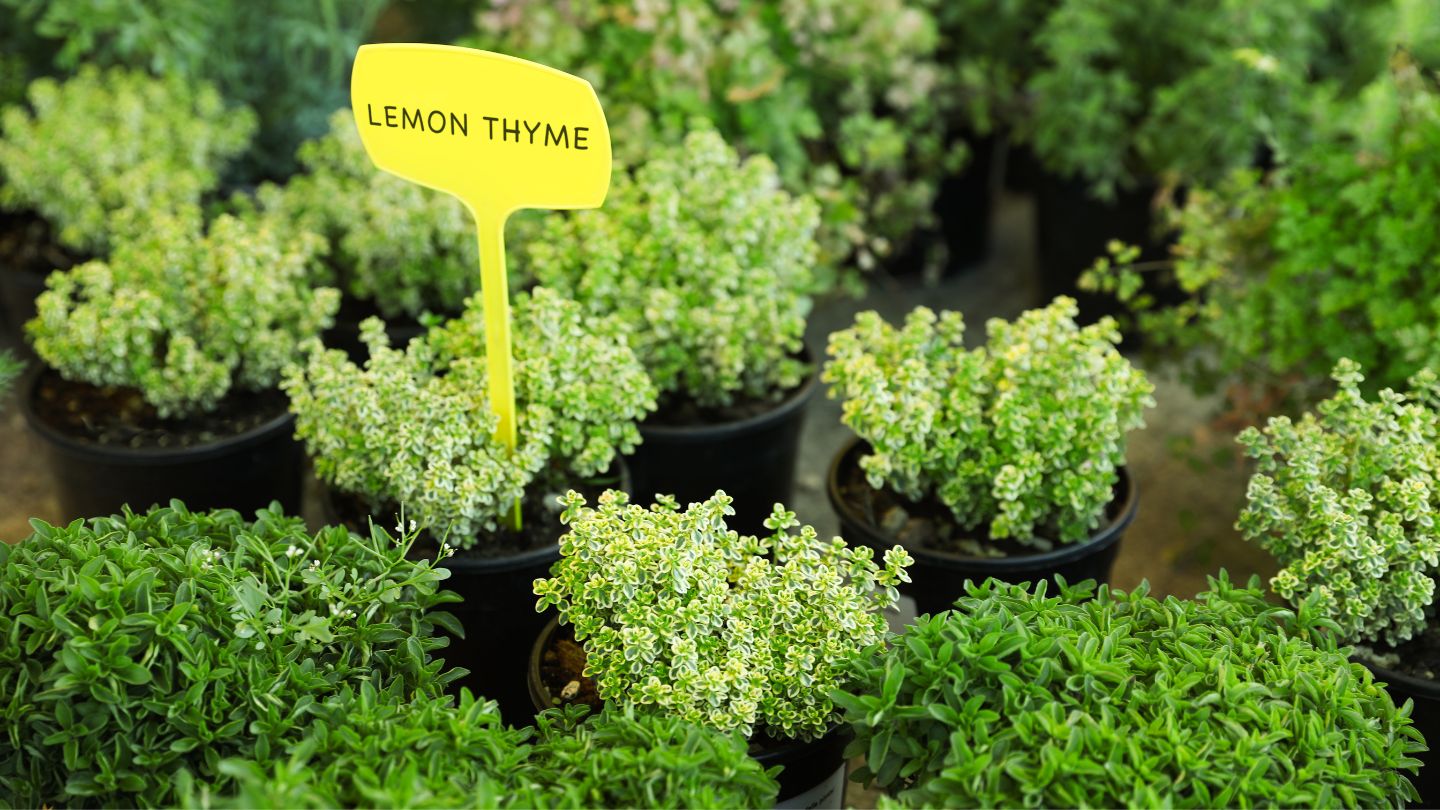

Garden Plants
How To Grow Lemon Thyme
Modified: April 28, 2024
Learn how to grow lemon thyme plants in your garden and enjoy their aromatic leaves in recipes and teas. Discover tips for successful cultivation and maintenance.
(Many of the links in this article redirect to a specific reviewed product. Your purchase of these products through affiliate links helps to generate commission for Storables.com, at no extra cost. Learn more)
Introduction
Welcome to the world of lemon thyme, a delightful herb that not only adds a burst of flavor to your dishes but also brings a refreshing citrusy aroma to your garden. Lemon thyme is a versatile plant that is widely appreciated for its culinary uses and medicinal properties. Whether you’re a seasoned gardener or just starting out, growing lemon thyme is a rewarding and enjoyable experience.
In this article, we’ll explore the benefits of growing lemon thyme, share tips on choosing the right location, provide guidance on soil preparation, offer advice on planting and caring for your lemon thyme plants, and discuss common pests and diseases to watch out for. By the end, you’ll have all the knowledge you need to successfully grow your own lemon thyme and enjoy its many benefits.
So, why should you consider growing lemon thyme? Well, besides its unique flavor and fragrance, lemon thyme has several notable advantages. Firstly, it’s incredibly easy to grow, making it a perfect choice for both experienced gardeners and beginners. It also doesn’t require much space, making it suitable for small gardens, containers, or even indoor cultivation.
Secondly, lemon thyme offers a myriad of health benefits. Its leaves contain essential oils that possess antimicrobial and antioxidant properties, making it a valuable addition to your kitchen and medicine cabinet. The herb is known to aid digestion, boost the immune system, and even alleviate anxiety and stress.
Another reason to grow lemon thyme is its culinary potential. This versatile herb is a favorite among chefs for enhancing the flavor of a wide range of dishes, including soups, stews, salads, marinades, and even desserts. Its lemony taste adds a refreshing twist that pairs well with fish, poultry, and vegetables.
From a gardening perspective, lemon thyme is an attractive and low-maintenance plant that adds beauty to any garden. With its small, fragrant leaves and delicate lavender blooms, lemon thyme can be incorporated into ornamental borders, herb gardens, and rockeries. It even attracts beneficial pollinators, such as bees and butterflies, adding life and color to your outdoor space.
In the following sections of this article, we will guide you through the process of growing lemon thyme, from choosing the right location to harvesting the herb. So, let’s roll up our sleeves and embark on this fragrant and flavorful journey of cultivating lemon thyme!
Key Takeaways:
- Growing lemon thyme offers a delightful culinary experience, health benefits, and low-maintenance gardening. Its versatility and vibrant blooms make it a valuable addition to any garden or kitchen.
- Proper care, from choosing the right location to pruning and maintenance, ensures robust lemon thyme plants. Harvesting and preserving the herb’s fresh flavors add a flavorful twist to culinary creations.
Read more: How To Make A Lemon & Thyme Twist
Benefits of Growing Lemon Thyme
Growing lemon thyme in your garden offers a myriad of benefits that go beyond just its culinary uses. Let’s dive into some of the significant advantages of cultivating this versatile herb:
- Culinary Delight: One of the main advantages of growing lemon thyme is the burst of flavor it adds to your dishes. The herb’s lemony fragrance and taste can elevate a simple meal to a whole new level, making it a favorite among chefs and home cooks alike. Whether you’re adding it to a marinade, seasoning a roast, or infusing it into oils and dressings, lemon thyme brings a unique and refreshing twist to your culinary creations.
- Medicinal Properties: Lemon thyme is not just a culinary delight; it also offers numerous health benefits. The leaves of this herb are rich in essential oils, such as thymol and carvacrol, which possess antimicrobial and antioxidant properties. These properties make lemon thyme a valuable addition to your herbal medicine cabinet. It can help soothe digestive troubles, relieve respiratory issues, and even boost the immune system. Some studies have also suggested that lemon thyme may have anti-inflammatory and anti-anxiety effects.
- Easy to Grow: Whether you’re an experienced gardener or a beginner, lemon thyme is an excellent choice for cultivating in your garden. This herb is quite hardy and resilient, making it easy to care for and maintain. It doesn’t require much attention or specialized knowledge, making it suitable for gardeners of all skill levels.
- Attractive and Fragrant: Lemon thyme is not only a flavorful herb but also an attractive addition to your garden. With its small, aromatic leaves and delicate lavender flowers, lemon thyme adds a touch of beauty and fragrance to your outdoor space. It can be grown in herb gardens, containers, or as a border plant, enhancing the aesthetics of your garden and creating a pleasant sensory experience.
- Beneficial to Pollinators: Lemon thyme’s vibrant blooms act as a magnet for beneficial pollinators, such as bees and butterflies. These pollinators play a crucial role in the ecosystem by aiding in plant reproduction and ensuring a bountiful harvest in your garden. By growing lemon thyme, you create a welcoming habitat for these important creatures, contributing to the overall health of your garden and the environment.
- Low-Maintenance Herb: If you’re looking for a low-maintenance herb to grow in your garden, look no further than lemon thyme. This herb is relatively resistant to drought and pests, requiring minimal care and attention. Once established, lemon thyme can thrive in various soil conditions and withstand different weather conditions, making it an ideal choice for busy gardeners.
With its delightful taste, health benefits, and ease of cultivation, lemon thyme is undoubtedly a herb worth growing in your garden. Now that we’ve explored its benefits, let’s move on to the next step – choosing the right location for your lemon thyme plants.
Choosing the Right Location
Choosing the right location for your lemon thyme plants is crucial for their growth and development. Here are some factors to consider when selecting the perfect spot:
- Sunlight: Lemon thyme loves sunlight and thrives in full sun conditions. When choosing a location, look for an area that receives at least 6-8 hours of direct sunlight daily. This will ensure that your plants get the necessary light they need to flourish.
- Well-Drained Soil: Lemon thyme prefers well-drained soil that is not overly soggy or waterlogged. Ensure that the soil in the chosen location has good drainage to prevent water retention, which can lead to root rot. If your soil is heavy or clay-like, consider adding organic matter like compost or sand to improve its drainage capabilities.
- Temperature: Lemon thyme is a hardy herb that can tolerate a wide range of temperatures. However, it is best suited for growing in USDA hardiness zones 5 to 9. If you live in an area with extreme heat or cold, consider providing some protection, such as a row cover or a temporary shade cloth, to shield your plants from extreme weather conditions.
- Proximity to Kitchen: Since lemon thyme is often used in cooking, it’s convenient to have it located near your kitchen. This makes it easy to harvest fresh sprigs whenever you need them and adds a delightful aroma to the surrounding area.
- Companion Planting: Consider companion planting with lemon thyme to maximize its benefits. It pairs well with other herbs like rosemary, sage, and oregano. These herbs not only create a visually appealing garden but also help deter pests and attract beneficial insects.
- Container Gardening: If you have limited space or prefer to grow lemon thyme in containers, ensure that the containers have proper drainage holes to prevent waterlogging. Place the containers in a sunny location and remember to water thoroughly but avoid overwatering, as this can lead to root rot.
By taking these factors into account, you can choose the ideal location for your lemon thyme plants. Once you have identified the perfect spot, it’s time to move on to soil preparation, which is essential for the healthy growth of your herb.
Soil Preparation
Proper soil preparation is key to ensuring the optimal growth and health of your lemon thyme plants. Here’s what you need to know:
- pH Level: Lemon thyme prefers slightly alkaline soil with a pH level between 6.0 and 7.5. Test your soil’s pH level using a pH testing kit or by sending a soil sample to a local agricultural extension office. If your soil’s pH is too low (acidic), you can amend it by adding agricultural lime. Conversely, if the pH is too high (alkaline), you can make it more acidic by adding organic matter like sulfur.
- Soil Structure: Lemon thyme thrives in well-drained soil that is rich in organic matter. Sandy or loamy soils are ideal for this herb as they provide good drainage while retaining enough moisture for the plants to thrive. If your soil is clayey or compacted, it may be necessary to improve its structure by adding compost, aged manure, or other organic matter to enhance drainage and provide a nutrient-rich environment for the plants.
- Weed Control: Before planting lemon thyme, ensure that the chosen location is free of weeds and grasses. Remove any existing vegetation and loosen the soil with a garden fork or tiller. This will help prevent competition for nutrients and space, allowing your lemon thyme plants to establish themselves more easily.
- Organic Mulch: Adding a layer of organic mulch around your lemon thyme plants can help regulate soil temperature, conserve moisture, and suppress weeds. Use organic materials such as straw, wood chips, or dried leaves, and spread them around the base of your plants, taking care not to cover the stems directly. Mulching also adds organic matter to the soil as it breaks down over time, enriching it with valuable nutrients.
Once you have prepared the soil, it’s time to move on to the exciting part – planting your lemon thyme. In the next section, we will guide you through the planting process to ensure success in growing your herbaceous delight!
Planting Lemon Thyme
Planting lemon thyme is a straightforward process, and with a little care, your plants will thrive. Here are the steps to follow:
- Start with Healthy Seedlings: You can start lemon thyme from seeds, but for quicker results, it’s best to purchase healthy seedlings from a nursery or garden center. Look for sturdy plants with vibrant green leaves and no signs of pests or diseases.
- Timing: Lemon thyme can be planted outdoors after the last frost date in your area, when the soil has warmed up. In most regions, this is usually in the springtime. If you live in a colder climate, you can start the plants indoors a few weeks earlier and transplant them outside when the weather is more favorable.
- Spacing: When planting lemon thyme, ensure that you give each plant enough space to grow and spread. Space them at least 12 inches apart to allow ample air circulation and prevent overcrowding. This spacing also helps avoid competition for nutrients and sunlight.
- Digging the Holes: Dig holes in the prepared soil that are slightly larger than the root ball of each seedling. The depth of the hole should match the depth at which the plants were growing in their pots. Gently loosen the roots of the seedlings before placing them in the holes to encourage proper root growth.
- Planting the Seedlings: Carefully place each seedling into its respective hole, ensuring that the top of the root ball is level with or slightly above the soil surface. Backfill the holes with soil, gently firming it around the plants to eliminate air pockets. Avoid packing the soil too tightly as it may hinder root development.
- Watering: After planting the lemon thyme seedlings, water them thoroughly to help settle the soil around the roots. Keep the soil consistently moist but not waterlogged. Overwatering can lead to root rot, so it’s important to strike a balance. As the plants establish themselves, you can reduce the frequency of watering, allowing the top inch of soil to dry out before watering again.
- Support for Creeping Varieties: If you’re planting a creeping variety of lemon thyme, such as ‘Creeping Lemon Thyme,’ consider providing support, such as a trellis or stakes. This will help the plants grow in an upright manner and prevent them from sprawling across the ground.
Once your lemon thyme plants are in the ground, it’s time to give them the care they need to flourish. In the next section, we’ll cover watering and fertilizing tips to ensure healthy growth and bountiful harvests.
When growing lemon thyme, make sure to plant it in well-draining soil and place it in a sunny location. Water regularly, but allow the soil to dry out between waterings to prevent root rot. Prune the plant regularly to encourage bushy growth.
Read more: Where To Buy Lemon Thyme
Watering and Fertilizing
Proper watering and fertilization are essential for the healthy growth and development of your lemon thyme plants. Here are some guidelines to follow:
- Watering: Lemon thyme prefers moderate moisture levels. Water your plants thoroughly once a week, providing enough water to moisten the soil to a depth of about 1 inch. Avoid overwatering, as excessive moisture can lead to root rot. It’s best to water in the morning to allow the foliage to dry during the day, reducing the risk of disease. Monitor the moisture level of the soil regularly and adjust your watering schedule based on the weather conditions.
- Drought Tolerance: While lemon thyme is relatively drought-tolerant, it’s important to provide consistent moisture, especially during dry spells or prolonged periods of heat. If you notice wilting or signs of stress, increase the frequency of watering to ensure the plants receive adequate hydration.
- Fertilizing: Lemon thyme is not a heavy feeder, but a light application of fertilizer can promote healthier growth and enhance flavor. Apply a balanced, slow-release fertilizer once in early spring as new growth begins. Follow the manufacturer’s instructions for application rates and frequency. Avoid overfertilizing, as it can lead to excessive foliage growth and dilute the flavor of the herb.
- Organic Options: If you prefer organic methods, you can use compost or well-rotted manure as natural fertilizers for your lemon thyme plants. Apply a thin layer around the base of the plants, taking care not to cover the stems directly. Organic fertilizers enrich the soil with essential nutrients, improve soil structure, and promote overall plant health.
- Mulching: Mulching around your lemon thyme plants with organic materials, such as straw or wood chips, helps conserve moisture and suppress weed growth. Additionally, as the mulch breaks down, it adds organic matter to the soil, slowly releasing nutrients and improving fertility. Maintain a layer of mulch around the plants, replenishing it as needed throughout the growing season.
- Observation: Keep a close eye on your lemon thyme plants for any signs of nutrient deficiencies or excesses. Yellowing leaves, stunted growth, or poor flavor can indicate a need for additional nutrients. Adjust your watering and fertilization practices accordingly to provide optimal conditions for your plants.
By providing appropriate watering and balanced fertilization, you will create a favorable environment for your lemon thyme plants to thrive. In the next section, we’ll explore pruning and maintenance tips to ensure the continued health and vigor of your herb.
Pruning and Maintenance
Pruning and maintenance are important aspects of caring for your lemon thyme plants. Regular pruning helps maintain their shape, improve air circulation, and promote new growth. Here’s what you need to know:
- Deadheading: As lemon thyme plants mature, they produce delicate lavender blooms. To encourage continuous blooming and prevent the formation of seeds, it’s recommended to deadhead the spent flowers. Simply pinch or snip off the faded flowers, removing them close to the stem. Regular deadheading will promote more prolific blooming throughout the growing season.
- Trimming: Lemon thyme can become leggy or straggly over time. To keep the plants compact and bushy, it’s important to trim them regularly. Use a sharp pair of pruning shears to trim back the stems, cutting just above a set of leaves or a leaf node. This will encourage new growth and help maintain a neat appearance.
- Harvesting and Pruning for Culinary Use: Lemon thyme is best harvested just before or during its peak flowering period when the flavor and aroma are at their strongest. When harvesting, trim the stems above a leaf node, leaving a portion of the plant intact for future growth. Regularly harvesting for culinary use not only allows you to enjoy the fresh flavors in your dishes but also helps maintain the health and vigor of the plants.
- Thinning: Over time, lemon thyme plants can become overcrowded, leading to poor airflow and increased risk of disease. To avoid this, periodically thin out the plants by removing the weak or overcrowded stems. This will ensure better air circulation and create space for the healthier stems to thrive.
- Dividing: Lemon thyme plants can benefit from occasional division, especially when they become large and congested. This process involves carefully lifting the plant from the ground, dividing the root ball into smaller sections, and replanting them in well-prepared soil. Dividing not only rejuvenates the plants but also helps propagate them and create new lemon thyme plants for your garden.
- Regular Inspection: As with any plant, it’s important to regularly inspect your lemon thyme for signs of pests or diseases. Look for common issues like aphids, spider mites, or powdery mildew. If any problems are detected, treat them promptly using organic methods or appropriate pest control measures to prevent the issue from spreading.
By consistently pruning and maintaining your lemon thyme plants, you’ll not only enhance their appearance but also promote their overall health and productivity. Now that you’re familiar with the essential maintenance practices, let’s move on to the next section – harvesting the flavorful rewards of your efforts.
Harvesting Lemon Thyme
Harvesting lemon thyme is a rewarding experience as you get to enjoy the fresh flavors and aromatic qualities of this versatile herb. Here’s how to harvest and make the most of your lemon thyme:
- Timing: Lemon thyme can be harvested throughout the growing season, but the best time is just before or during its peak flowering period. This is when the essential oils responsible for the herb’s unique flavor and fragrance are at their highest concentration.
- Leaf Harvesting: When harvesting lemon thyme, you have two methods to choose from – selective leaf picking or cutting back the entire plant. For selective leaf picking, simply snip off individual leaves or small sprigs as needed. This method allows the rest of the plant to continue growing and producing new foliage.
- Cutting Back the Plant: If you need a larger quantity of lemon thyme or want to trim back an overgrown plant, you can opt to cut back the entire plant. Using sharp pruning shears, trim the stems just above a leaf node or the base of the plant. Leave a portion of the stems intact to encourage regrowth.
- Pruning for Culinary Use: When harvesting lemon thyme for culinary purposes, choose the stems that have the strongest aroma and the healthiest appearance. The leaves can be used fresh or dried, depending on your preference and culinary needs.
- Fresh Use: Fresh lemon thyme can be added to a variety of dishes, such as salads, soups, stews, marinades, and roasted meats. The leaves can be stripped from the stems and used whole or finely chopped to release their citrusy flavor.
- Drying Lemon Thyme: If you have a surplus of lemon thyme or want to preserve it for future use, drying is a popular method. To dry lemon thyme, bundle a few stems together and hang them upside down in a cool, well-ventilated area away from direct sunlight. Once the leaves are completely dry and brittle, gently remove them from the stems and store them in an airtight container for later use.
- Freezing: Another way to preserve lemon thyme is by freezing. Wash the sprigs, pat them dry, and remove the leaves from the stems. Place the leaves in an airtight container or freeze them in ice cube trays with a little water or olive oil. Frozen lemon thyme can be added directly to dishes while cooking without the need to thaw.
Remember, the more you harvest lemon thyme, the bushier and more vigorous the plant will become. So, don’t hesitate to harvest the flavorful rewards of your efforts and experiment with this delightful herb in your culinary creations.
In the next section, we’ll cover common pests and diseases that can affect your lemon thyme plants and how to address them effectively.
Common Pests and Diseases
While lemon thyme is generally a resilient and low-maintenance herb, it can still be susceptible to certain pests and diseases. Being aware of common issues and taking preventive measures can help keep your plants healthy. Here are some common pests and diseases that may affect lemon thyme and how to address them:
- Aphids: Aphids are tiny, sap-sucking insects that can cluster on the leaves and stems of lemon thyme. They can cause stunted growth and distort the foliage. To control aphids, you can spray a mixture of water and insecticidal soap or neem oil on the affected parts of the plant. Additionally, encouraging natural predators like ladybugs and lacewings can help keep aphid populations in check.
- Spider Mites: Spider mites are tiny arachnids that feed on the sap of plants, causing yellowing leaves and a web-like appearance on the affected parts. Regularly inspect the undersides of the leaves for signs of spider mites. To control them, you can spray a mixture of water and insecticidal soap, paying close attention to the undersides of the leaves where they tend to thrive. Increasing humidity around the plants can also help deter spider mite infestations.
- Powdery Mildew: Powdery mildew is a fungal disease that appears as a white powdery coating on the leaves of the plant. It thrives in conditions of high humidity and poor air circulation. To prevent powdery mildew, ensure that your plants are adequately spaced, providing good airflow. If powdery mildew appears, you can remove and dispose of the affected parts of the plants and apply a fungicidal spray specifically formulated for powdery mildew.
- Root Rot: Root rot is a common problem in poorly drained or overwatered soil. It is caused by fungal pathogens that attack the roots, causing them to rot and ultimately leading to the death of the plant. To prevent root rot, ensure that the soil has good drainage and avoid overwatering. If your plants show signs of root rot, such as wilting, yellowing leaves, or a foul odor, remove and dispose of the affected plant immediately.
- Leaf Spot: Leaf spot is a fungal disease that causes dark, irregular-shaped spots on the leaves of the plant. It can be caused by a combination of high humidity, poor air circulation, and overhead watering. To prevent leaf spot, water at the base of the plants, avoiding wetting the foliage. If leaf spot appears, remove and dispose of the affected foliage and apply a fungicidal spray designed to treat leaf spot.
- Herbivorous Insects: Lemon thyme may occasionally attract herbivorous insects, such as caterpillars or grasshoppers, that feed on the leaves. If the infestation is severe, manually remove the insects and consider using organic insecticides or deterrents to protect the plant. Monitoring your plants regularly and taking prompt action can help prevent significant damage.
By being vigilant and taking preventative measures, you can minimize the impact of pests and diseases on your lemon thyme plants. Regularly inspect your plants, provide suitable growing conditions, and address any issues promptly to ensure the continued health and productivity of your herb.
With our discussion on pests and diseases concluded, let’s wrap up the article with a summary of the benefits of growing lemon thyme.
Read more: How To Grow Lemon Seeds
Conclusion
Congratulations! You have now learned all about the wonderful world of growing lemon thyme. From its culinary uses to its medicinal properties, this herb offers a range of benefits that make it a valuable addition to your garden and kitchen.
By choosing the right location with ample sunlight, well-drained soil, and the proper pH level, you create an environment where lemon thyme can thrive. Take the time to prepare the soil by adding organic matter and ensuring proper drainage, setting the stage for healthy growth.
When planting lemon thyme, give each seedling enough space to flourish and establish a strong root system. Water and fertilize your plants judiciously, giving them the attention and care they need to grow and develop into robust and aromatic herbs.
As your lemon thyme plants mature, embrace the maintenance tasks involved in pruning and harvesting. Regular pruning keeps your plants compact and encourages new growth, while selective leaf picking or cutting back the entire plant allows you to enjoy the fresh flavors of lemon thyme in your culinary creations.
Be mindful of common pests and diseases that can affect your lemon thyme and take proactive measures to prevent and address them. Regular inspection, proper watering techniques, and providing good air circulation are essential for preventing issues and maintaining the health of your plants.
Now, armed with the knowledge and expertise gained through this comprehensive guide, you are ready to embark on a fragrant and flavorful journey of growing your own lemon thyme. Whether you use it to add a burst of citrusy aroma to your dishes or to enjoy its potential health benefits, lemon thyme is sure to bring joy and satisfaction to your gardening experience.
So, what are you waiting for? It’s time to get your hands dirty, plant some lemon thyme, and unlock the endless possibilities this herb has to offer. Happy gardening and bon appétit!
Frequently Asked Questions about How To Grow Lemon Thyme
Was this page helpful?
At Storables.com, we guarantee accurate and reliable information. Our content, validated by Expert Board Contributors, is crafted following stringent Editorial Policies. We're committed to providing you with well-researched, expert-backed insights for all your informational needs.
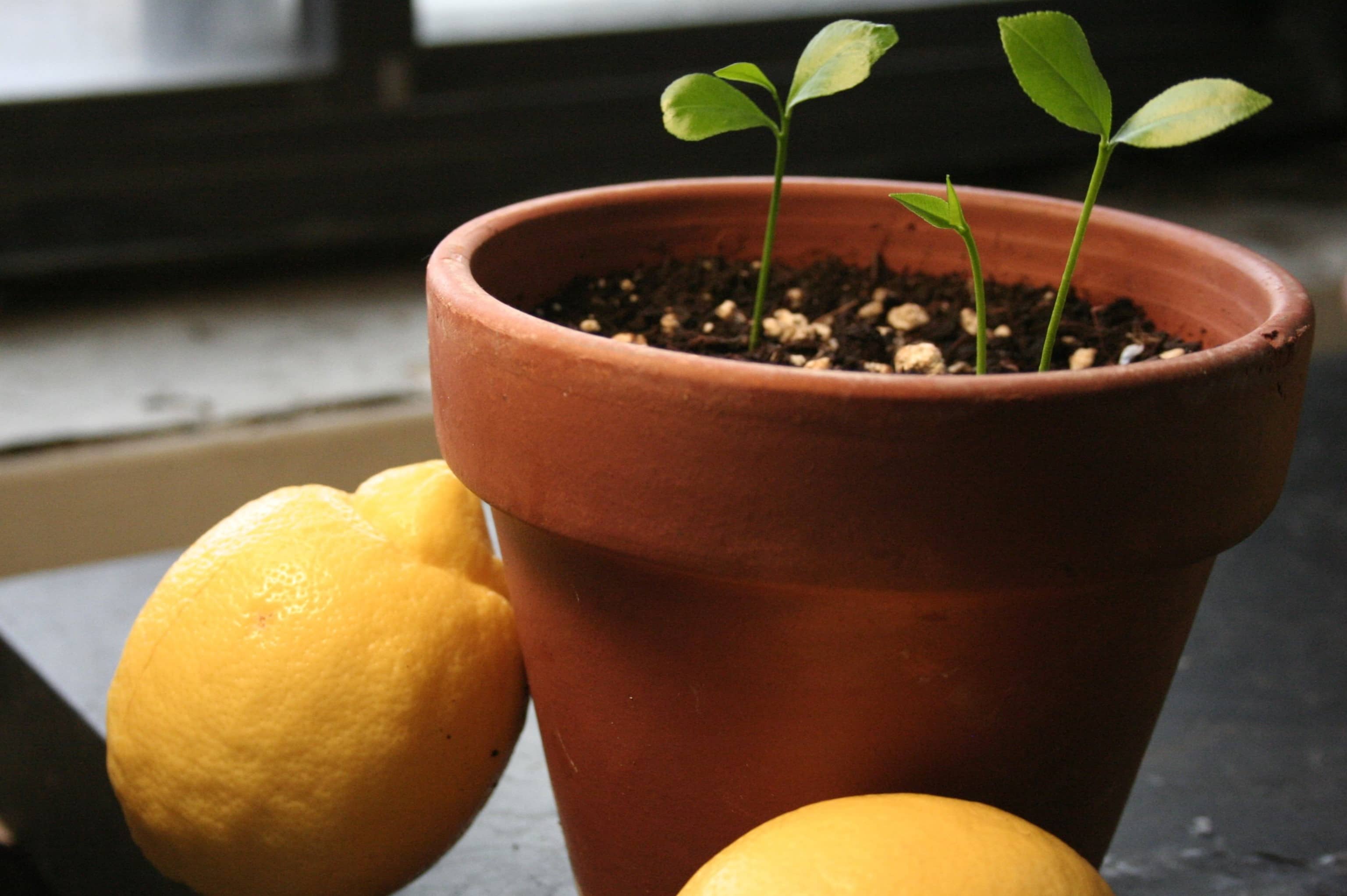
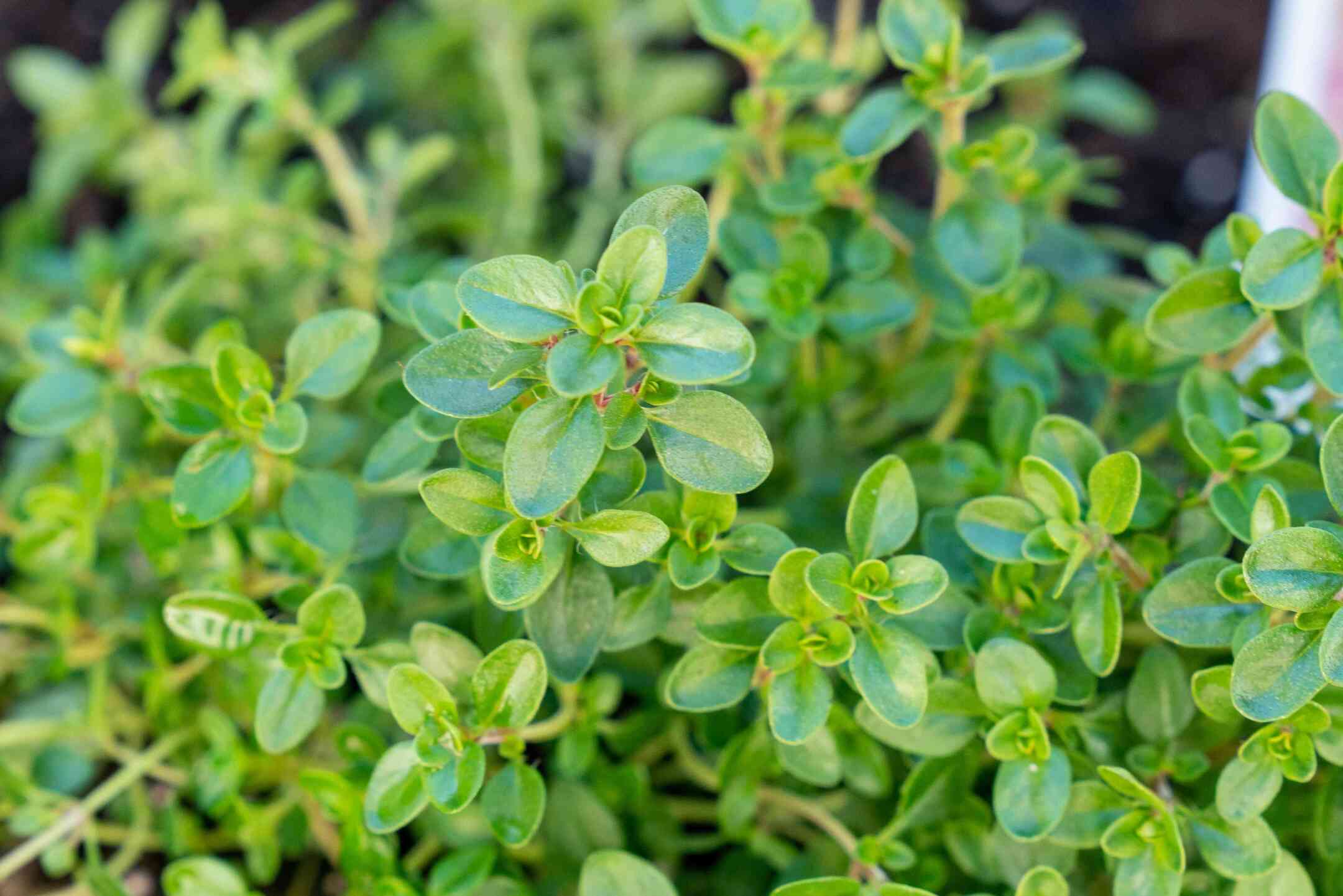
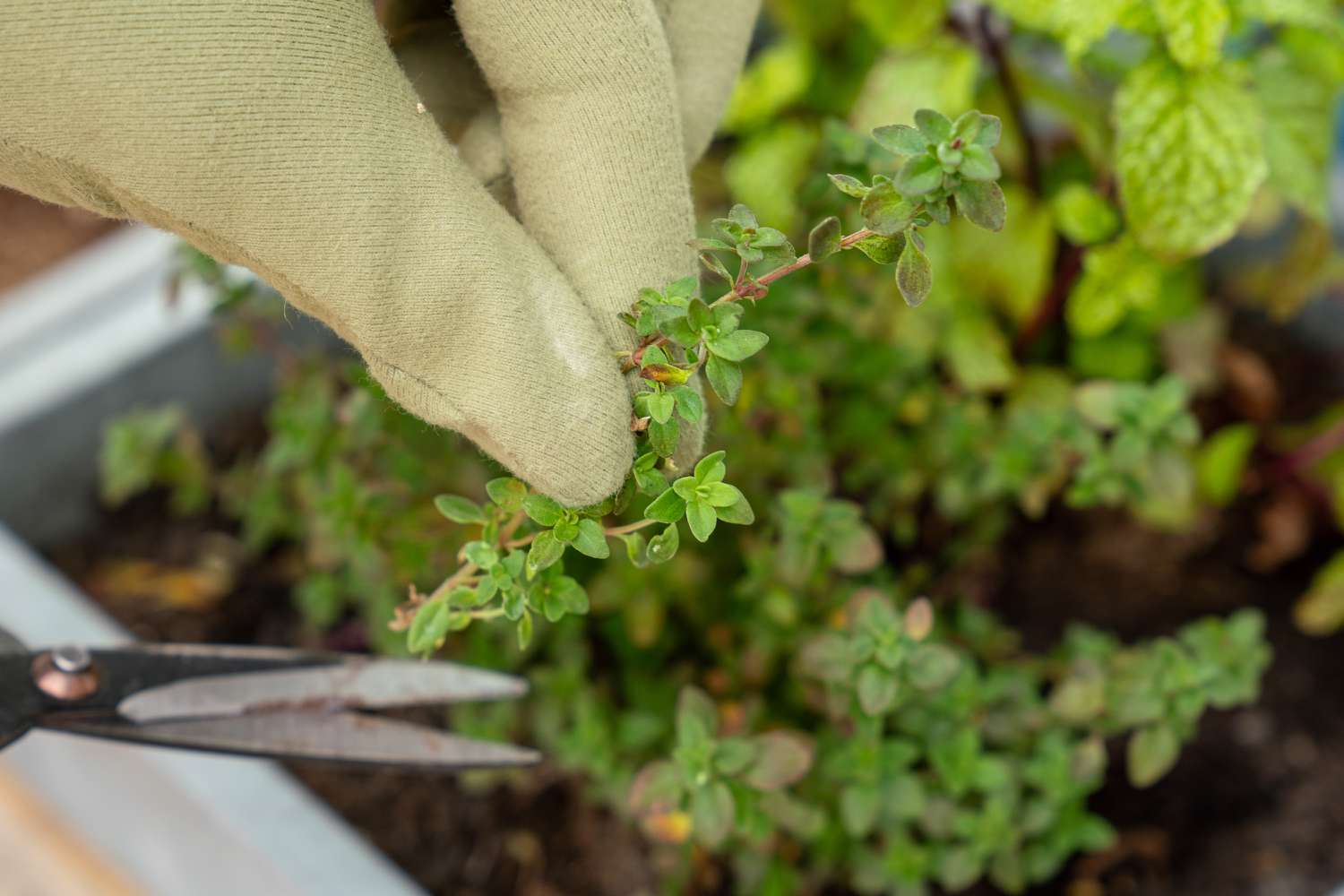
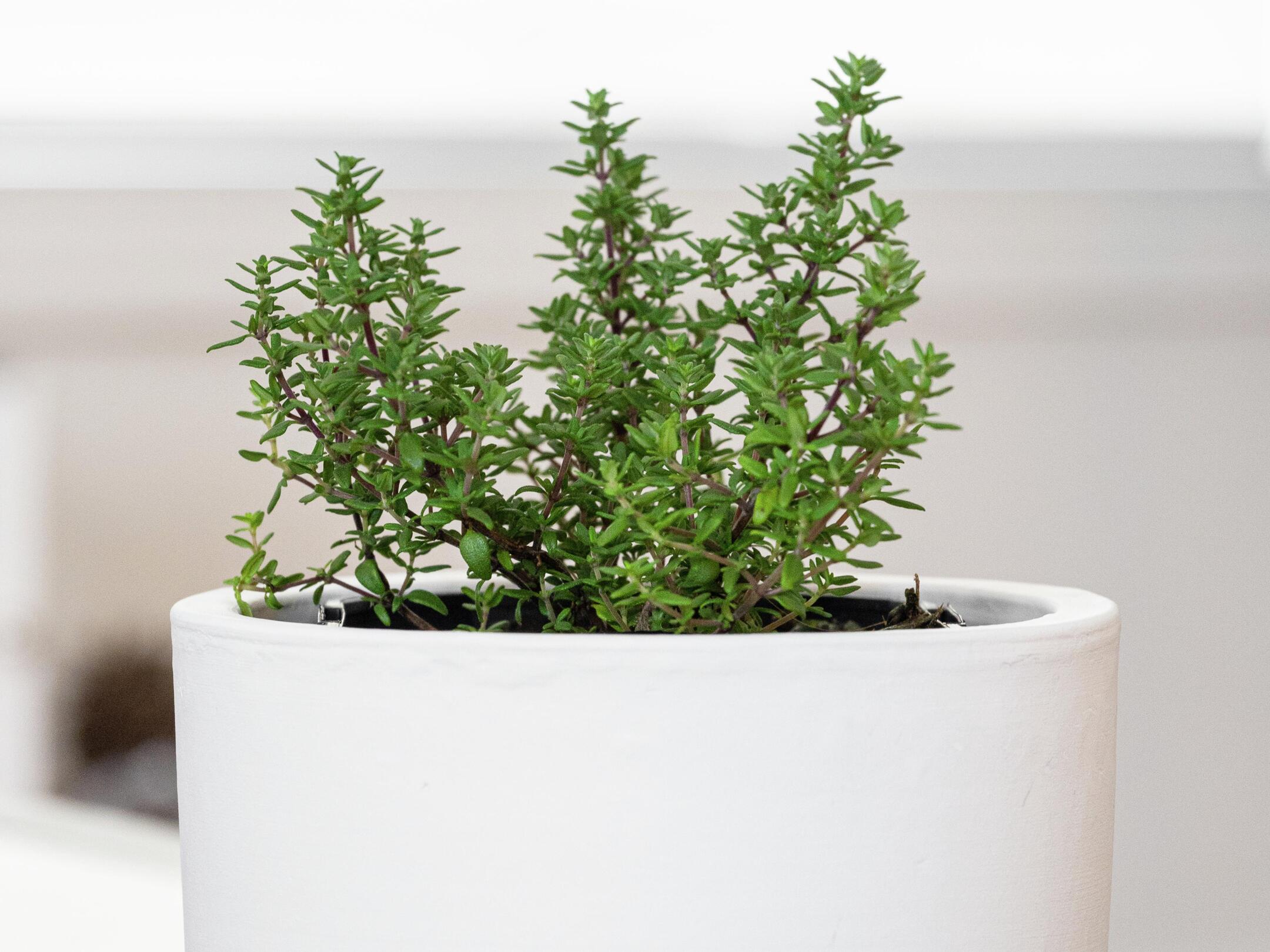

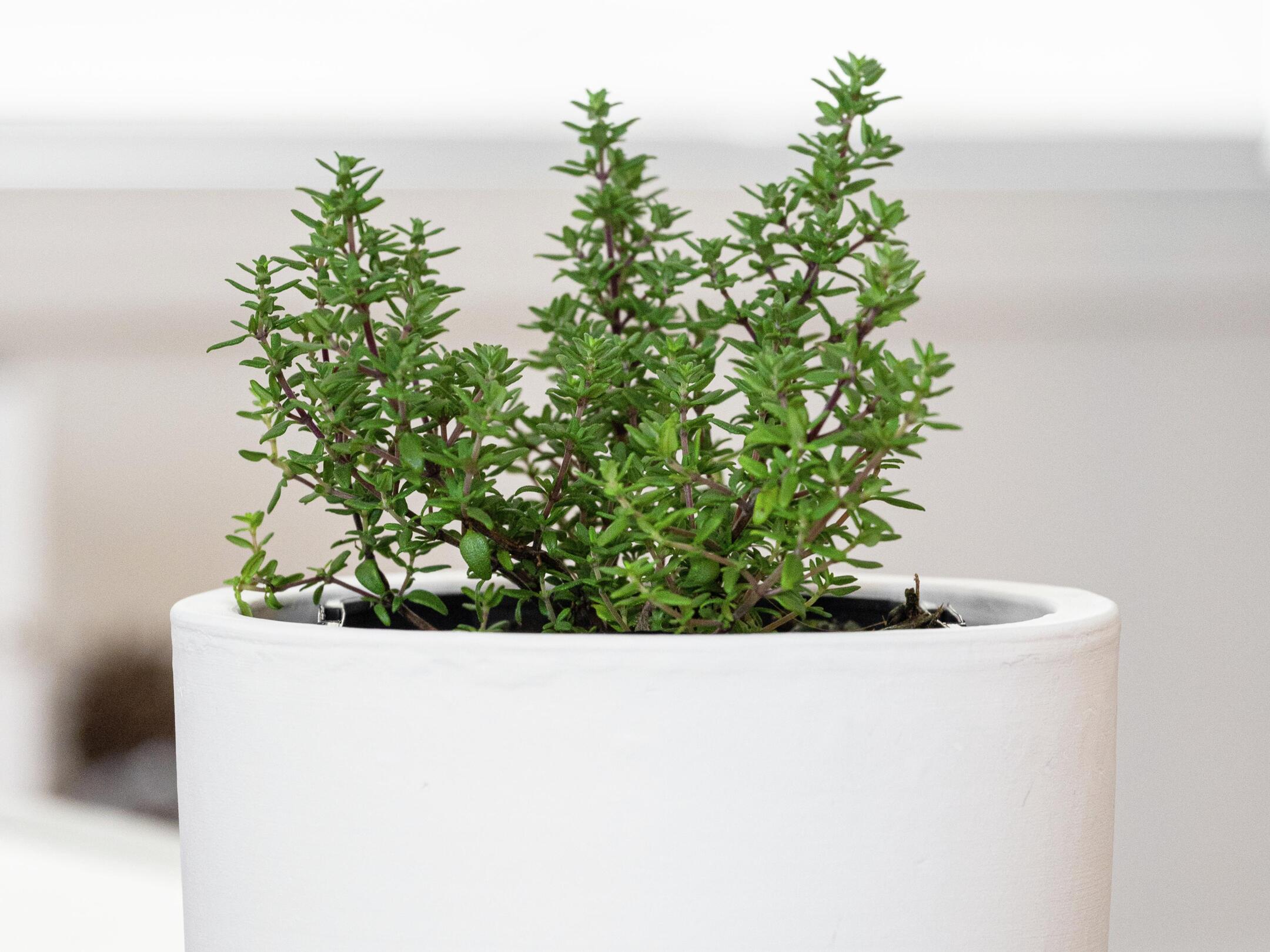
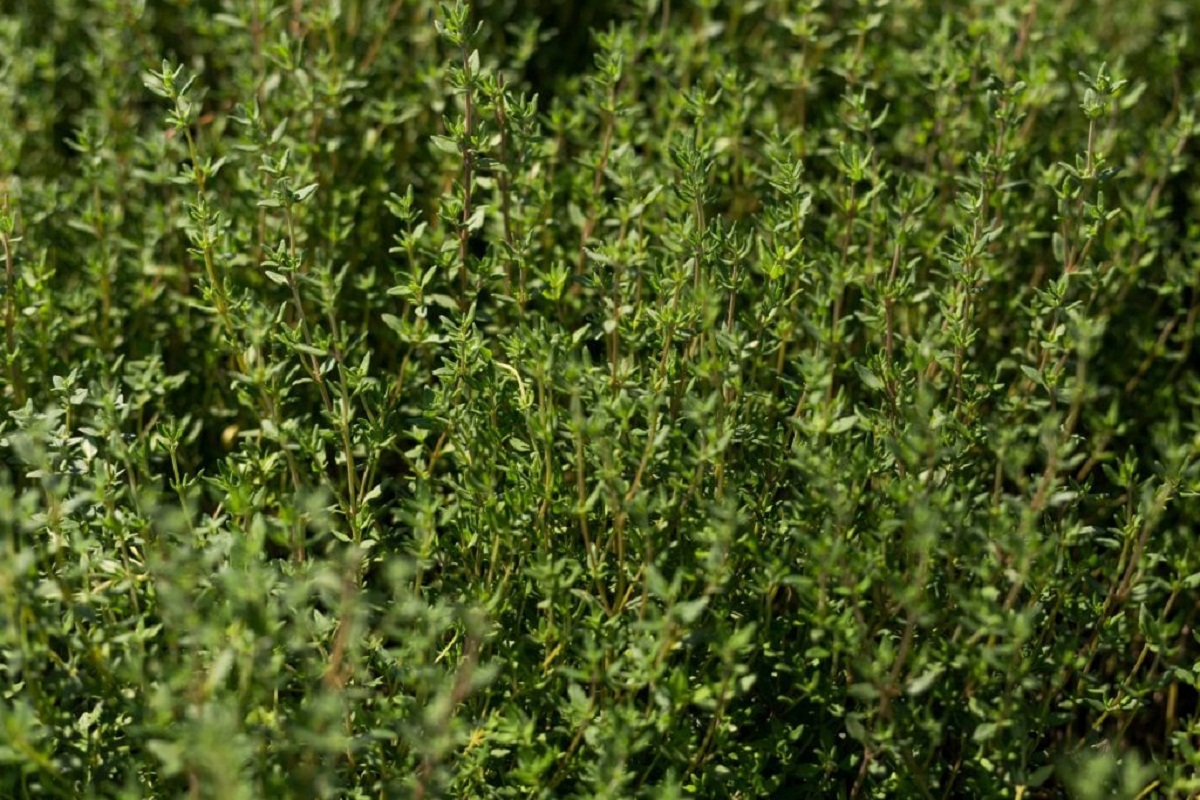
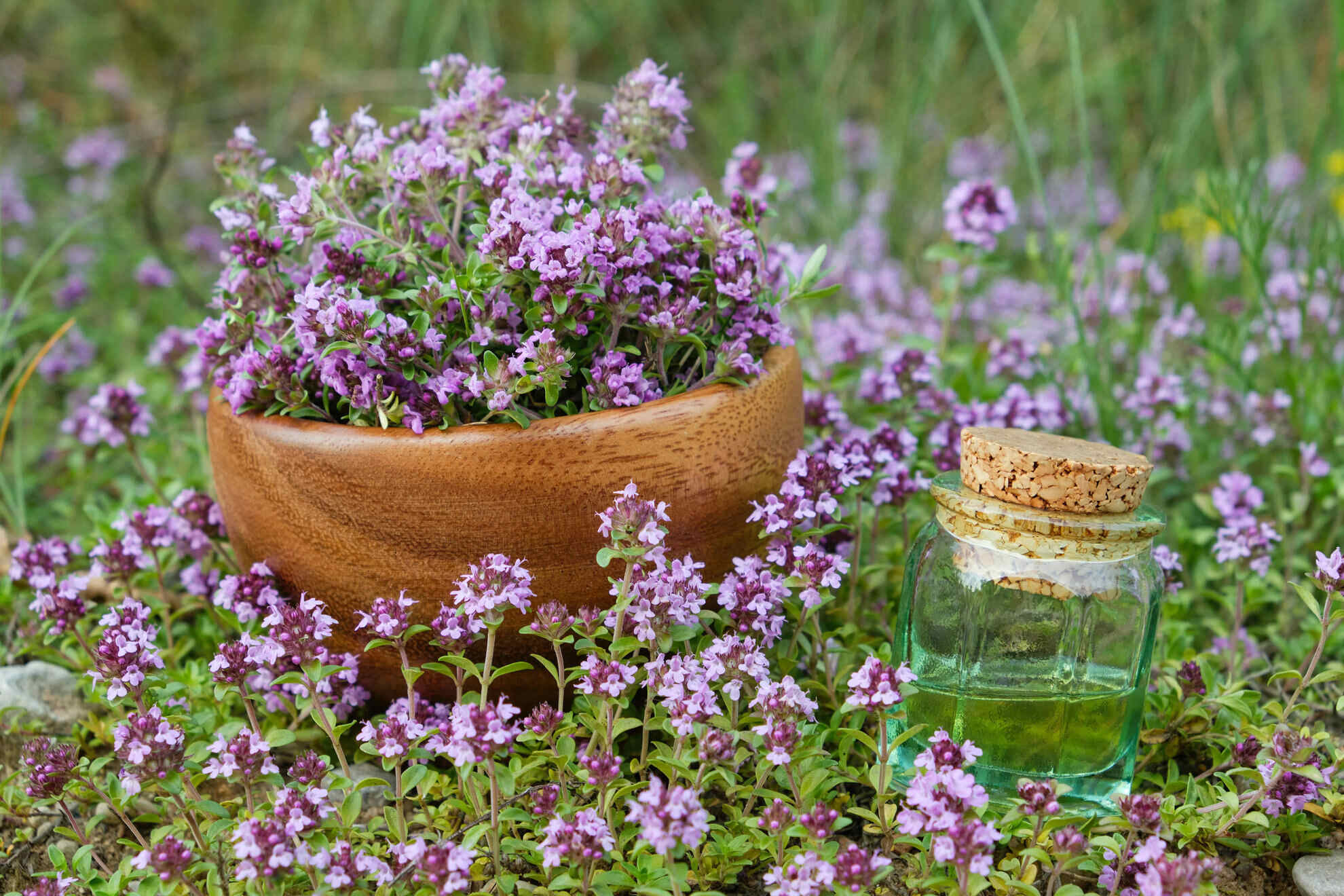
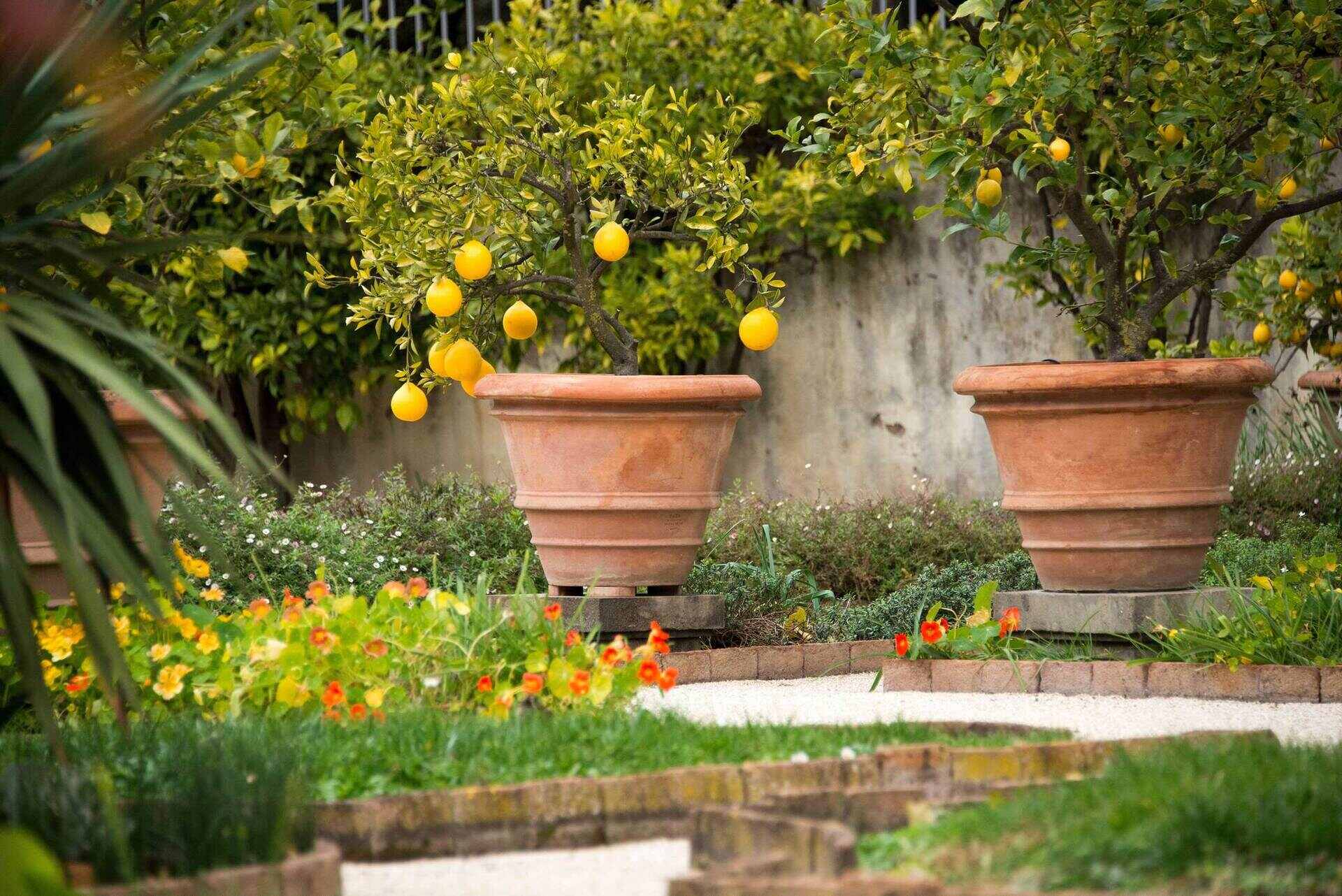
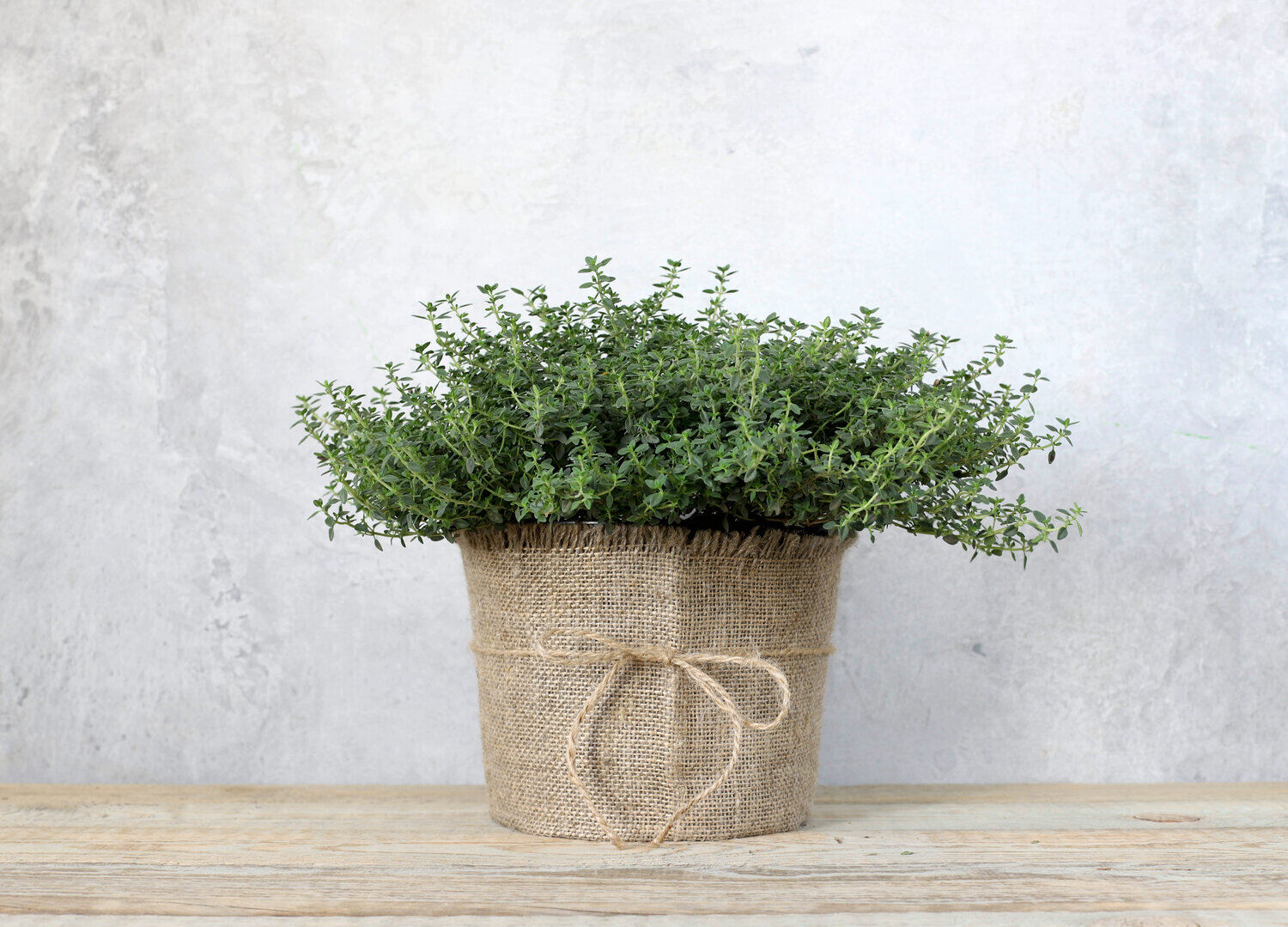
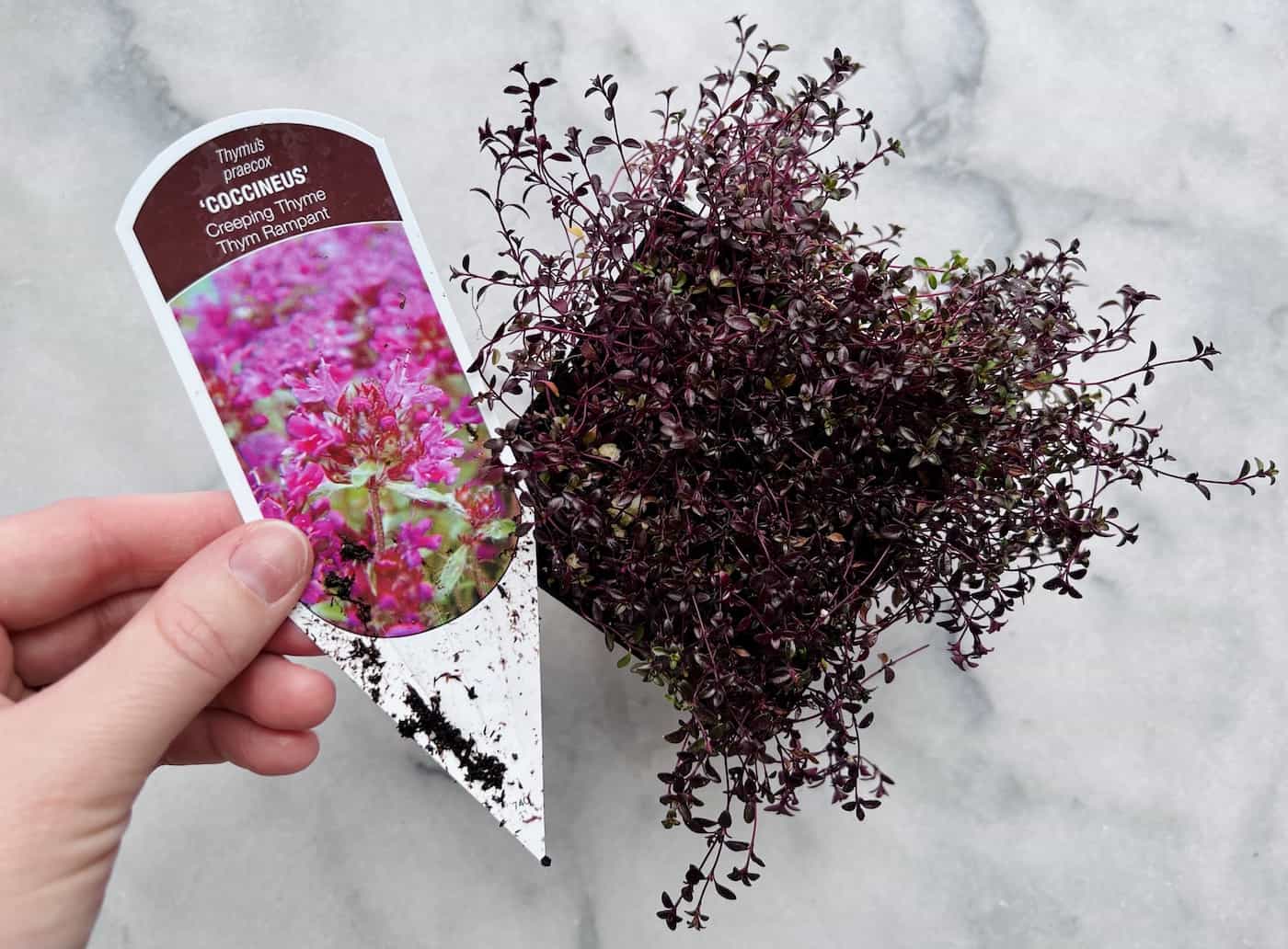
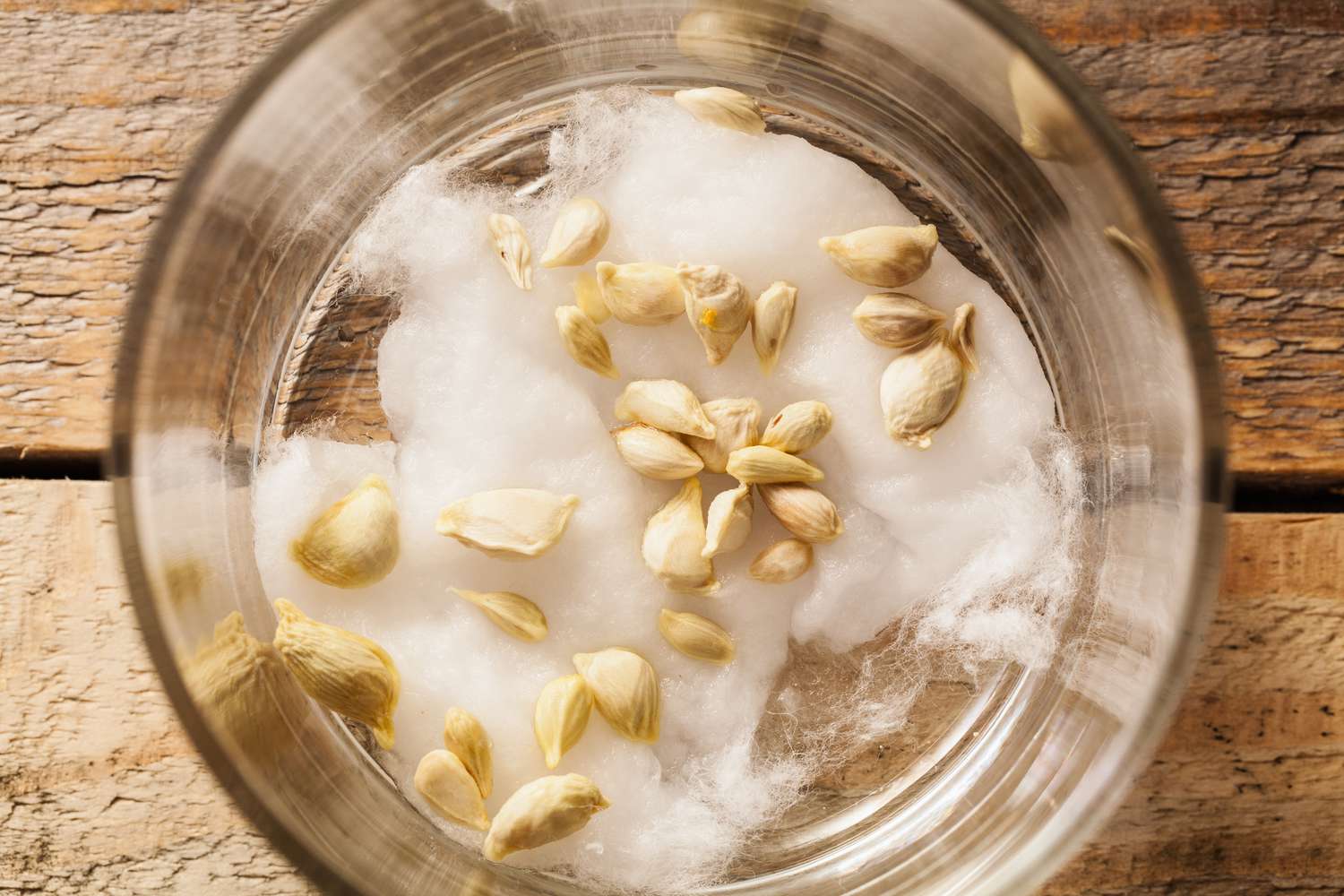
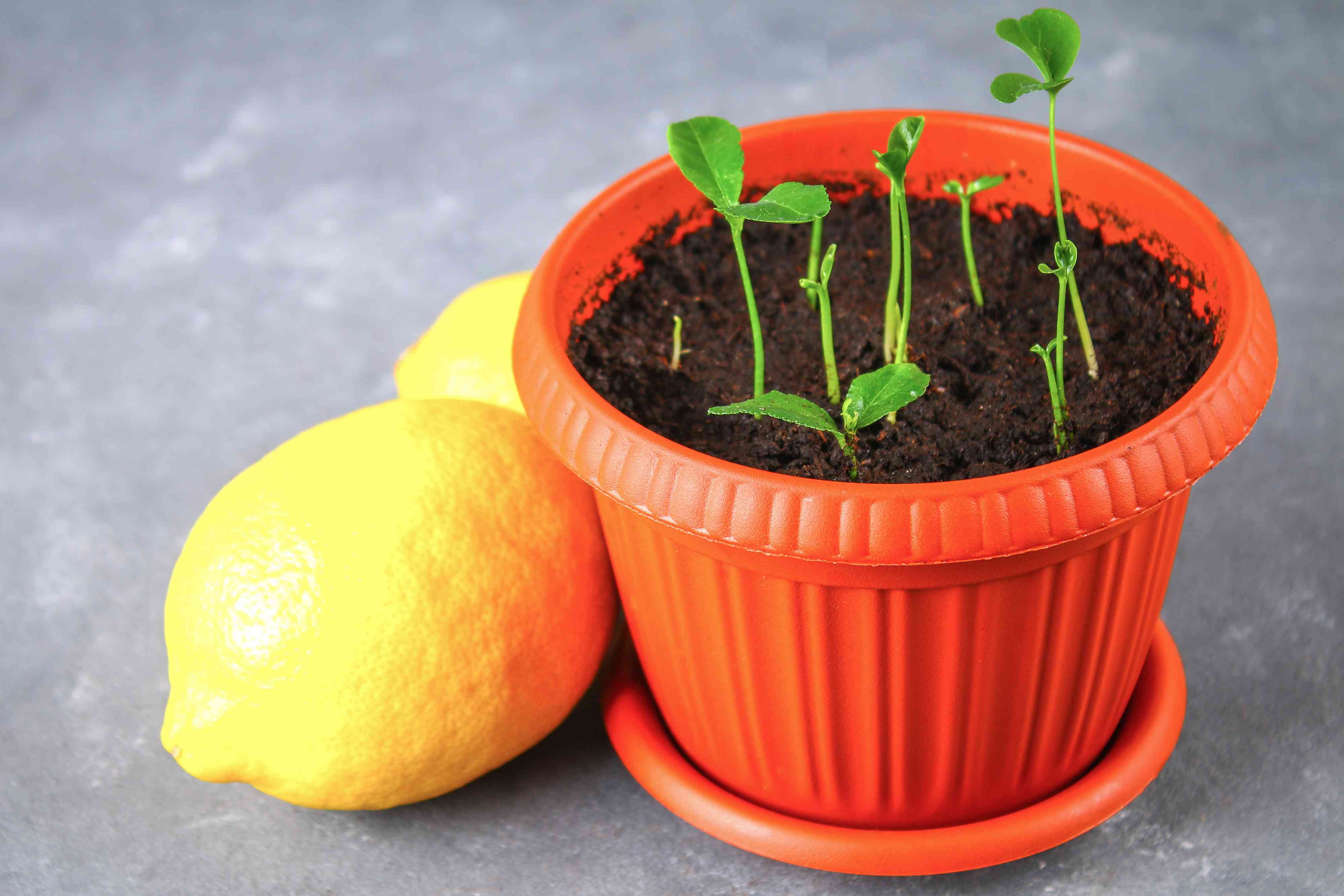

0 thoughts on “How To Grow Lemon Thyme”